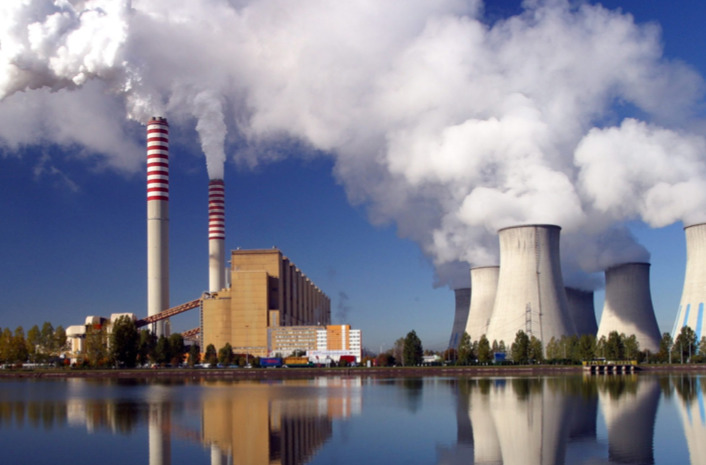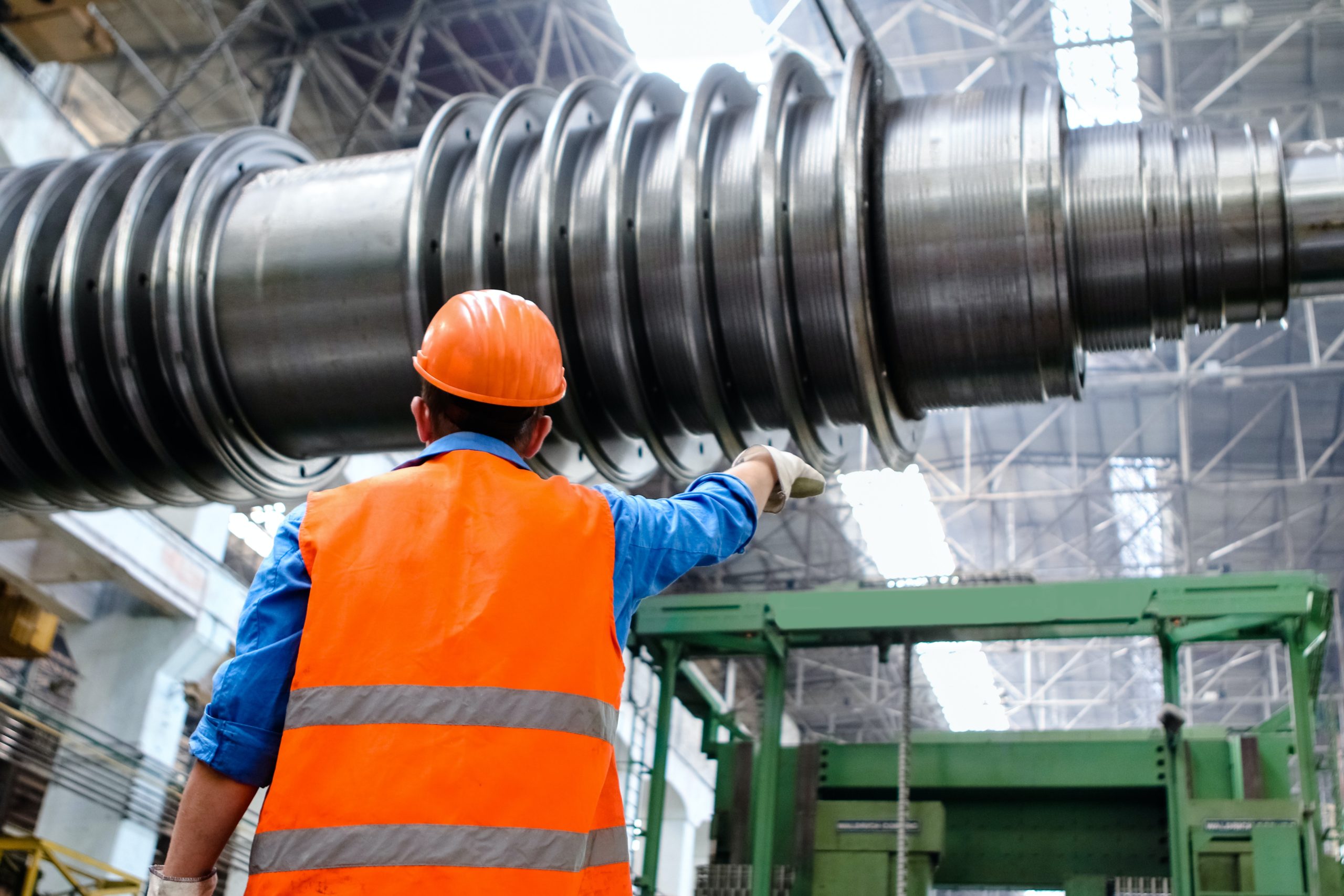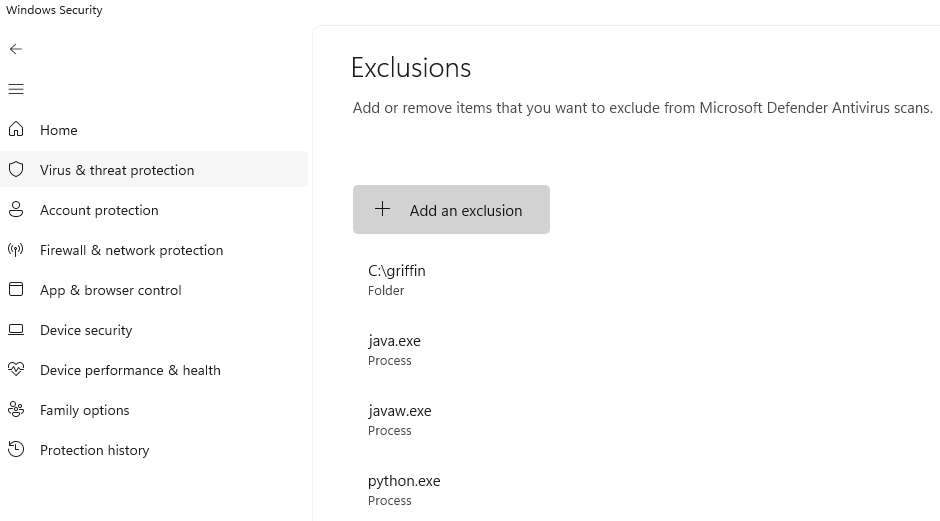Griffin AI Toolkit Helps Utility Avoid Regulatory De-Rates & Lower Operating Costs
Published: October 1, 2020

In late 2018, a Western U.S. coal plant was experiencing opacity issues which lead to regulatory derates of up to 250mW during a period of high demand. The plant traced the opacity issues backed to ammonium bisulfate build-up in their electrostatic precipitators (ESP) due to the selective non-catalytic reduction system (SNCR) used to control nitrogen oxides (NOx) emissions. The plant turned to Griffin Open Systems partner, Neundorfer, for assistance.
After the ESPs were cleaned, Griffin Open Systems & Neundorfer proposed setting up an artificial intelligence (AI) combustion optimization system could not only bring their emissions within regulatory limits, but with minimal use of their SNCR to avoid further costly ammonium bisulfate build-up.
Using the plants existing DCS, I/Os, and sensors, Griffin Open Systems integrated the Griffin AI Toolkit to begin the modeling phase. Without having to purchase additional hardware or make significant investments in operations technology, the model was able to implemented in a short timeframe.
The AI Toolkit enabled the combustion optimizer to run multiple models in parallel. These models were able to continually retrain & iterate on themselves as new data was collected. Using the AI Toolkit’s sophisticated algorithms, new data was easily incorporated into models which enabled improved combinations of variables to optimize the combustion. This, combined with the Griffin AI Toolkit’s rapid prototyping capabilities which allowed existing operator & engineer knowledge to be incorporated into the models with ease, lead to the discovery & modeling phase being completed in an agile and efficient manner.
The models from the discovery phase showed that optimizations from the AI Toolkit could reduce NOx emissions so dramatically, that the plant’s SNCR would not need to operate to keep within emissions compliance. Using data from these models, the plant was able to appeal to government regulators to run without use of their SNCR.
The regulators approved this, and the plant has been running the Griffin & Neundorfer Combustion Optimizer in a closed-loop real-time control fashion since late 2019. The AI Toolkit was able to develop these models & implement real-time closed-loop control so quickly, that the cost savings from avoiding derates & costly ESP cleaning paid for the implementation of the combustion optimizer within a year of implementation.


